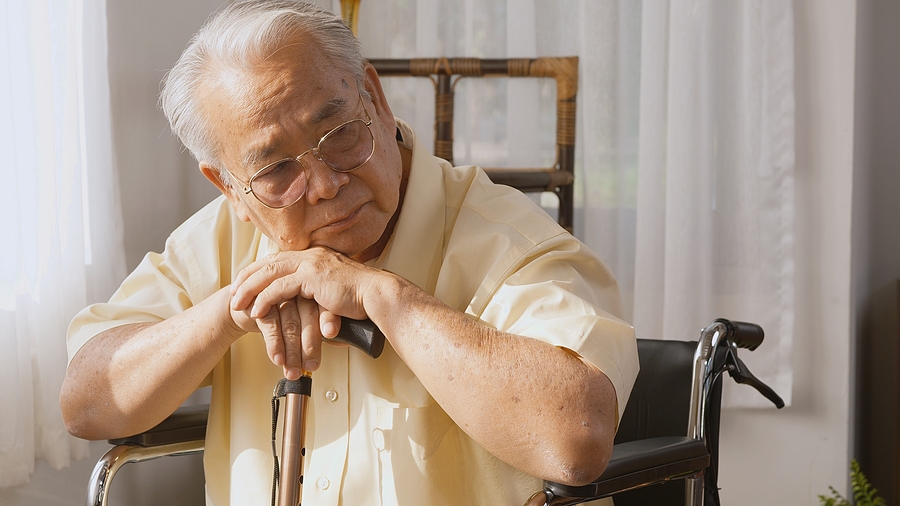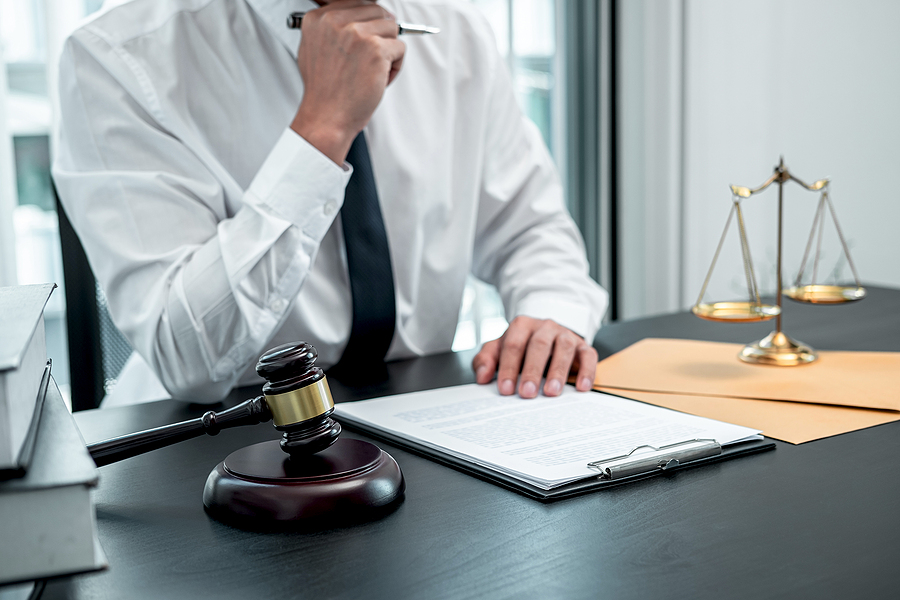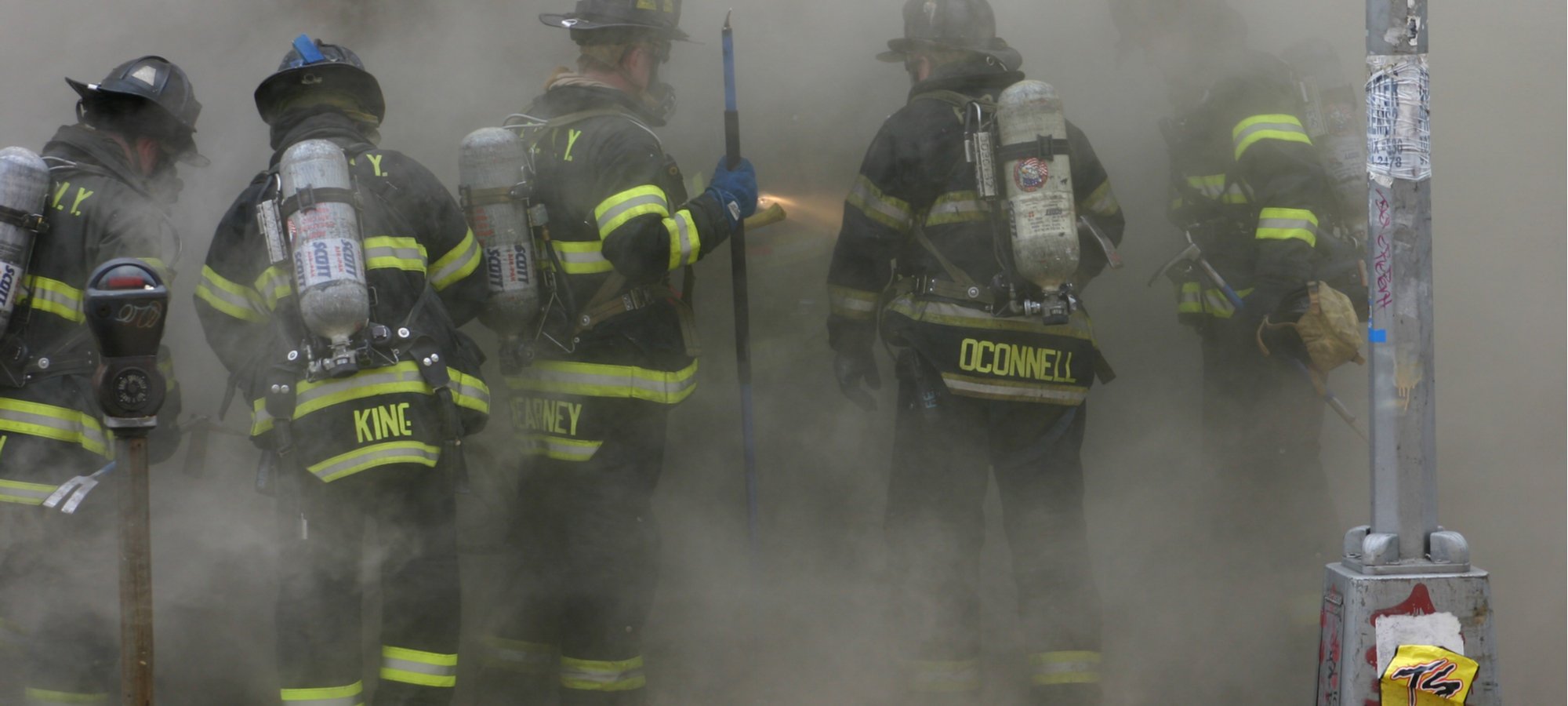When Can I Expect to Receive My VCF Payment, and Will the Payment Be Prorated?

Thousands of people lost their lives in the tragic events of September 11, 2001. Although many lives were lost on the day itself, the impact on human life and health continues to this day. When Can I Expect to Receive My VCF Payment, and Will the Payment Be Prorated?
When the towers fell, plumes of toxic dust and fumes were sent into the air around lower Manhattan. Initially, the Environmental Protection Agency proclaimed the air was still safe to breathe. Thus, thousands of reassured workers, tourists, and students came back to the area in the days and weeks to follow.
Unfortunately, the head of the EPA was not truthful. Those who returned soon immediately noticed changes in their health. They had difficulty breathing and were plagued with digestive problems. It started right away with the “World Trade Center Cough.” It then got worse. Over time, many developed serious conditions, such as cancer and chronic respiratory diseases. It’s gotten even worse: over four thousand people have died from this toxic exposure since 9/11, passing the grim number of close to the 3,000 people who perished on 9/11.
For many, the severity of their conditions meant they could no longer work or attend school, some were left with permanent disabilities and others even died.
The government soon recognized the magnitude of its error and established a special fund with the sole mission of compensating victims. The Victim Compensation Fund (VCF) provides direct cash payments to people who were exposed to ground zero and developed serious medical conditions as a result. The fund has paid out billions of dollars to date, creating financial stability for victims and their families.
However, the fund, like all large bureaucratic endeavors, has its flaws. Navigating the application process, with its litany of forms and appendices, is notoriously difficult. The process can take weeks and even months, even if no amendments and appeals are required. Relatedly, there’s much confusion regarding how payments are processed, distributed and how long it takes for victims to receive their money.
For the above reasons, the VCF is perceived as having a high barrier to entry, depriving victims of millions annually because they either make a mistake when applying or don’t bother to apply at all.
To make the VCF more accessible, here’s an overview of the application process and how victims actually get money into their pockets.
Filing a Claim
Victims must file a claim with the Victim’s Compensation Fund (VCF) to obtain benefits. There are two steps in the claim filing process. First, the prospective claimant must demonstrate that they are eligible to receive benefits. Second, they must complete and file the claim form (and necessary appendices) with the VCF.
Eligibility
To qualify for benefits, the claimant must have been present in the exposure zone from September 11, 2001, to May 30, 2002. The exposure zone consists mostly of Lower Manhattan south of Canal Street.
Additionally, a claimant must have a condition certified by the World Trade Center Health Organization as 9/11 related.
Certified Conditions include but are not limited to:
- Asthma
- Chronic cough syndrome
- Chronic laryngitis
- Chronic nasopharyngitis
- Chronic respiratory disorder- fumes and vapors
- Chronic rhinosinusitis
- Gastroesophageal reflux disorder (GERD)
- Interstitial lung disease
- New-onset, and WTC-exacerbated chronic obstructive pulmonary disease (COPD)
- Blood and lymphoid tissue (including lymphoma, myeloma, and leukemia)
- Breast cancer
- Childhood cancers
- Digestive system (including colon and rectum) cancer
- Eye and orbit cancer
- Ovarian cancer
- Head and neck (oropharynx and tonsil) cancer
- Prostate cancer
- Mesothelioma cancer
- Acute stress disorder
- Adjustment disorder
- Anxiety disorders
- Depression
- Dysthymic disorder
- Generalized anxiety disorder
Even after a claimant confirms they have a certified condition and were present in the exposure zone within the prescribed time range, their deadline to file a claim must not have expired. Identifying the relevant deadline is more difficult than it may seem, as more than one deadline exists: the registration deadline and the claim-filing deadline.
Although the claim-filing deadline is the same for everyone (Oct. 1st, 2090), the registration deadline varies according to when a claimant receives certification from the WTC Health Program or, in a deceased case, he deadline is also tied to the date when some other entity made a link between the 9/11 exposure and a 9/11 disease.
Depending on the aforementioned variables, there are four possible registration deadlines:
- For those certified before July 29th, 2019, the registration deadline is July 29th, 2021.
- For those NOT certified by July 29th, 2019, the deadline is two years from the date of certification.
- For those filing a wrongful death claim, and the relative died before July 29th, 2019, the deadline is July 29th, 2021, BUT if the relative was never in the WTC Health Program and never received a certification from the WTC Health Program, the registration deadline does not likely expire until the year 2090.
Forms
Once eligibility has been determined, the claimant will proceed to file the claim form and all necessary appendices.
The VCF claim form itself includes 20 pages and covers a variety of topics including the claimant’s identifying information, when and where the claimant was exposed, the claimant’s health conditions, and the kind of compensation the claimant is seeking. Additionally, the claimant must indicate whether they’re filing a personal claim, or, rather, a wrongful death claim for the loss of a close one, and whether an attorney is representing them.
The appendices and other forms are optional and include private physician forms, additional forms for those filing on behalf of a relative, and forms for those present at the Pentagon attacks. These forms can provide additional evidence to support a claim.
When the claimant submits all the necessary forms, they will also submit evidence to demonstrate the extent of their injuries that resulted in financial losses, loss of future earnings, and other damages they may have suffered. The VCF will in turn consider this evidence when determining a compensation package.
Compensation
If the VCF approves a claim, it will then determine how much compensation the claimant will be paid. This compensation is also what is traditionally known as damages.
Damages are simply a financial award to address the losses incurred by the claimant. They are intended to make the victim “whole again” by returning them to the state they enjoyed before their condition or the loss of a family member. The VCF only compensates physical injuries and wrongful deaths directly related to September 11, 2001. If you cannot tie the injury to these events, the VCF will not provide compensation. The VCF will also not make an award of compensation for emotional damages, such as emotional distress or PTSD.
The VCF, however, presumes that exposure to the 9/11 toxins caused many conditions. To tie your condition to the terrorist attacks, you need to prove that you have one of those illnesses or injuries, and were in a specific area (and, in many cases, whether as a first responder, resident, student, or volunteer) near the Twin Towers during a specific time. We can help you establish your eligibility for VCF benefits.
Claimants qualify for a few different kinds of damages. Again, concrete evidence must substantiate each damage claim.
Pain and Suffering Damages
These are also known as non-economic damages. According to the VCF, non-economic damages include “physical and emotional pain, suffering, inconvenience, physical impairment, mental anguish, disfigurement, loss of enjoyment of life, loss of companionship, loss of consortium, hedonic damages (other than loss of domestic services), injury to reputation, and all other non-pecuniary losses of any kind or nature.”
Somewhat contradictory, although the VCF includes emotional pain and mental anguish in the definition of non-economic loss, the VCF will not make an award for non-economic loss if the only injury is mental suffering — a physical injury is required.
Converting these injuries into a dollar amount is challenging, and a given loss’s value generally corresponds to its severity.
The VCF caps non-economic losses at $250,000 if the loss resulted from cancer and $90,000 if the loss did not. An adjustment may allow for more than $250,000 if a claimant has cancer and other conditions.
Economic Loss Damages
These are monetary losses that the claimant incurs because of their injuries. These include both past economic losses (that occurred before the claim was filed) and expected future losses. Concrete monetary losses, such as lost wages and medical expenses, are contemplated here.
For example, an investment banker in lower Manhattan developed cancer after he was exposed to airborne toxins present around ground zero. His health insurance didn’t cover his treatment in full, and he accumulated considerable medical debt as a result. His cancer also resulted in a severe disability that permanently kept him from working. The VCF may reimburse any past medical debt (to the extent that is more than $5,000) and also make an award of compensation and pay compensation for the money he is expected to lose because of his inability to work.
The amount of economic loss damages for lost income caps the claimant’s maximum gross income at $200,000 per year. An award of economic losses is in addition to any economic loss award such as past medical expenses and lost wages or income.
It’s easy to assign a monetary value for certain kinds of monetary losses, such as medical debt and lost wages. However, determining value can be much more challenging for injuries like loss of future earnings. For more abstract claims, the VCF will consider the claimant’s age, income, when the disability arose, and the generosity of employer-provided benefits.
Collateral Offsets
The VCF will consider economic and non-economic losses when determining the amount of the claimant’s compensation package. However, this isn’t always the amount the claimant ends up receiving. The VCF will subtract from this total the compensation from other sources that the claimant has received or is receiving. This is known as collateral offsetting.
The VCF only considers certain kinds of payouts from certain sources as collateral offsets, including:
- Life Insurance Proceeds
- Pensions
- Disability and Death Benefits
- Disability Insurance Payments
- Social Security Disability Payments, Worker’s Compensation, Veteran’s Benefits
These are not considered collateral offsets:
- In-kind Charitable Gifts
- Donations from privately funded charities
- Federal tax benefits provided by the Victims of Terrorism Relief Act (TRA)
Payment
How Are Payments Issued
After the VCF determines a claim’s value, it will notify the claimant of the decision, the award amount, and when they can expect payment. The Victim Compensation Fund does not issue checks or cash. It makes all payments electronically via direct deposit into a regular checking or savings account. They make all payments in full, not prorated.
The U.S. Department of the Treasury using the Automated Clearing House payment system issues the payments.
Most claimants have special agreements with their attorneys that require all payments to be directed into the law firm’s escrow account. The VCF acknowledges such agreements but requires the firm to send all payments to the client within 30 days.
When Are Payments Issued
There are two different payment timelines, depending on whether an appeal was filed:
If a claimant does not file an appeal, the VCF will begin processing the payment thirty days after the appeal period expires. It generally takes payments 30 days to move through the Fund’s bureaucracy until the Special Master reviews them.
If approved by the Special Master, the Department of Justice and the Department of the Treasury will process the payment, which usually takes around two to three months. All told, if no appeal is filed, the claimant can expect payment within two to four months of the date they received their award letter.
Appealed payments are delayed. The VCF does not begin processing an appealed award until it decides whether to grant or deny the appeal. An appeal delays payment, unless the claim was previously granted expedited status. After a decision on the appeal, the VCF will send a letter to the claimant detailing the result of the appeal.
See if you’re eligible today!



